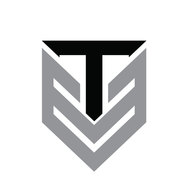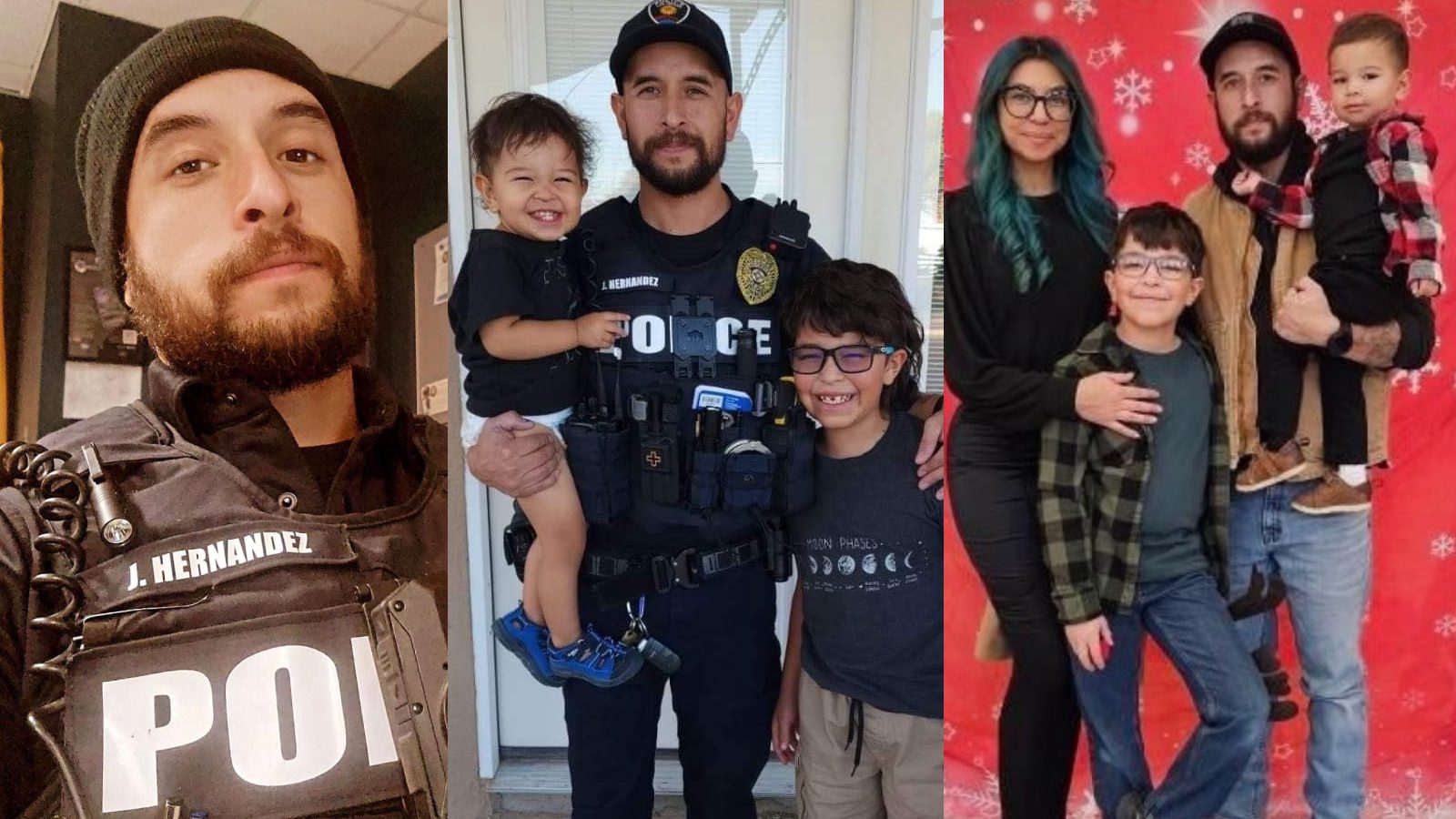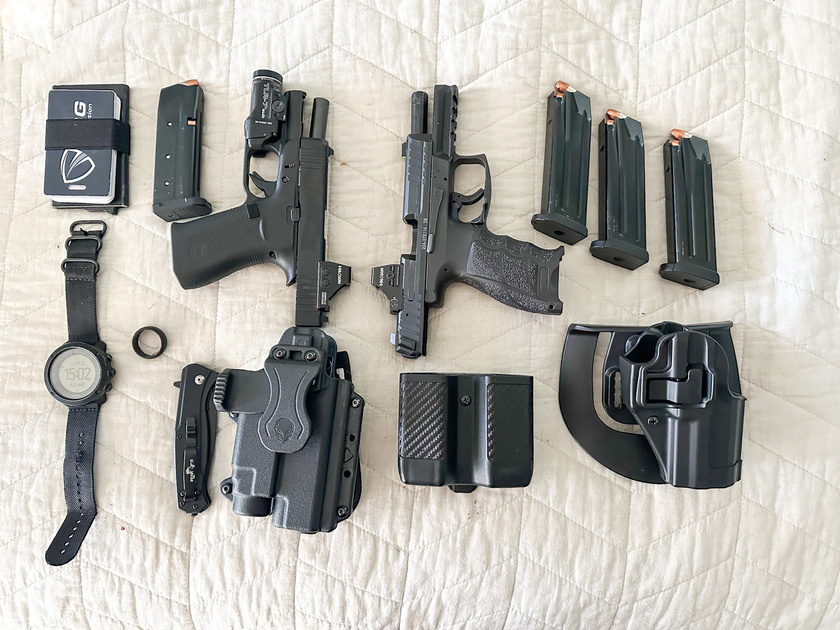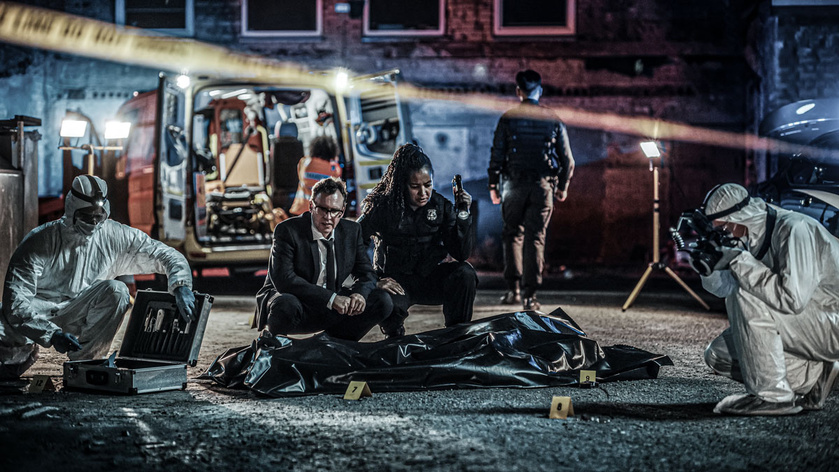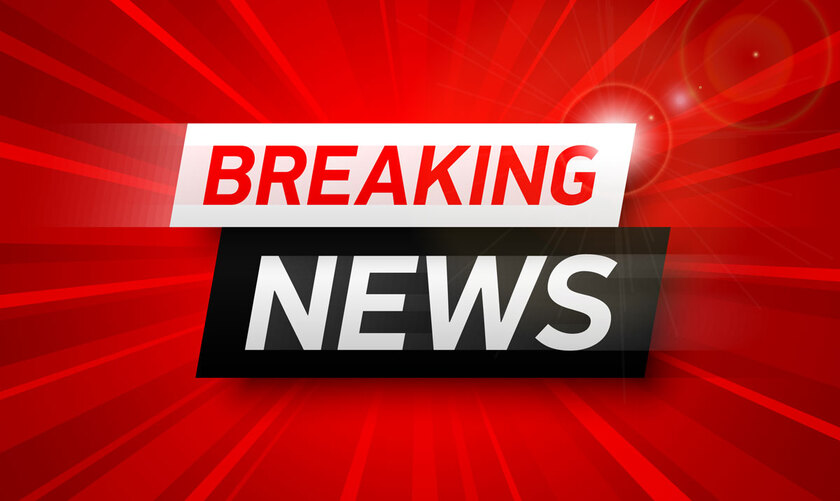I wonder how much thought the average church safety/security agent devotes weapon retention. Because of my law enforcement background and the physical enounters I was often involved in, weapon retention is on the top of my mind. When I am in uniform I carry a firearm in a duty holster on my hip, 3 spare magazines, handcuffs and flex cuffs, pepper spray, an ASP baton, and a knife. From my side of the street those are my work tools. From the bad guys side of the streets these are all weapons he can use to his advantge against me, and others, if he is able to take them away from me.
In this video we see an officer fighting for his life as a bad guy does everything he can to take the officers firearm away from him. There are some good lessons we can take from this experience but more than anything, this is a reminder of difficult and long a struggle can be when trying to retain your weapon when a strong, fit and determined person is trying to take it away from you.
Weapon retention planning is key, as is weapon retention fighting tecniques.
Before we dive into this please understand that criticizing this officer brings no bennefit. He survived, the bad guy did not, and the officer was able to retain his weapon long enough for help to arrive. That is a five-star win.
We are reminded, however, that distance between you and the person you are dealing with is very important. Greater distance means you have more time to react to anyhting they do. Second, it would have been safer for him to wait to approach this bigger man once backup had arrived and while that is not always possible or prudent, more hands in the fight are an advantage.
What this officer did exceptionally well was continue to communicate throughout the struggle so that backup officers responding to the call for assistance had a sense of how grave the situation had become.
He also fought a protracted battle with the assailant and was able to maintain posession of his weapon despite the size difference between the two. The officer kept a cool head, or reasonably so given the situation, and was able to direct the medical response team as they looked for any injuries on him.
The big takaways I see here are:
1. Physical fitness is absolutely key. Our body is our most important weapon, tool, defense system. If you do not stay in shape you are risking your life, the lives of those you work witht and those you protect. A high level of fitness is neccesary, not optional.
2. Always maintain enough distance that you have time to respond to an attack. Approach people expecting an attack and you won't be surprised, you will be ready, if it happens.
3. If you wear a duty holster, choose the highest level of retention so its is the most difficult for an attacker to defeat and that buys you more time to defend.
4. If you carry concealed, think about where you want to carry and how as most carry conceealed holsters have no retention. I choose appendix carry inside the waistband as this is this position is easier to defend with both hands, and harder for the bad guy to access the gun.
5. Setup and position your radio/earpeices so you are able to communicate while defending an attack.
6. Whenever possible call for backup and wait for them to arrive if it's reasonable and practical to do so.
7. Always expect people you approach to be potentially dangerous. Evaluate how you will defend and how you will attack if those circumstances occur. Be ahead of it mentally so you react swiftly and effectively.
